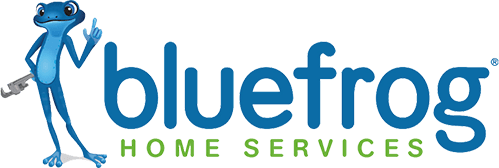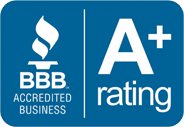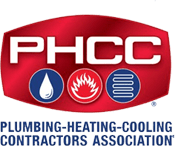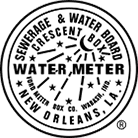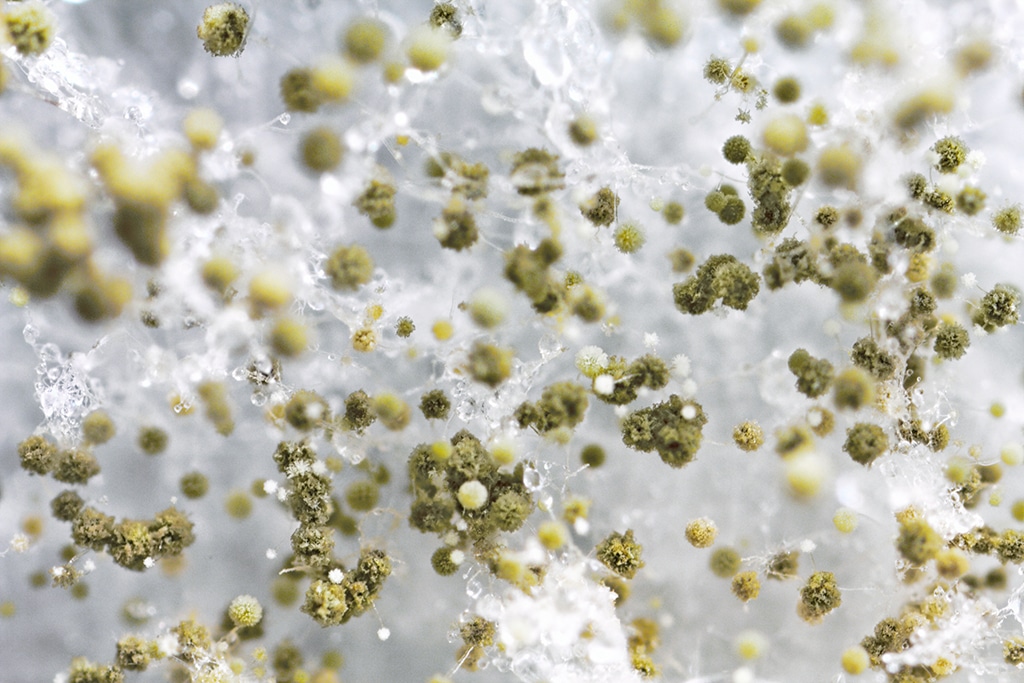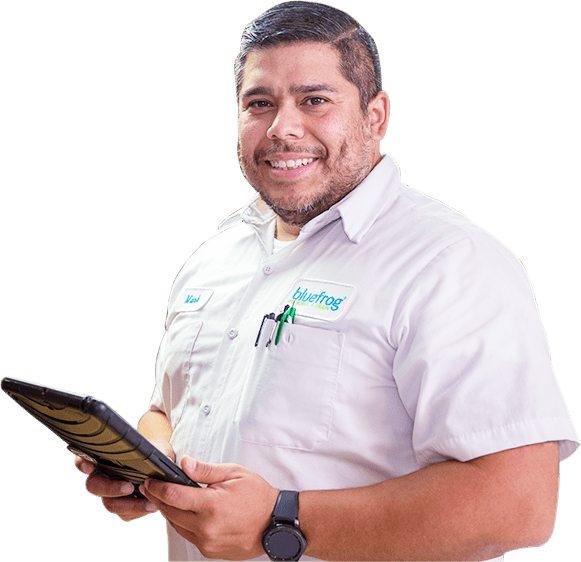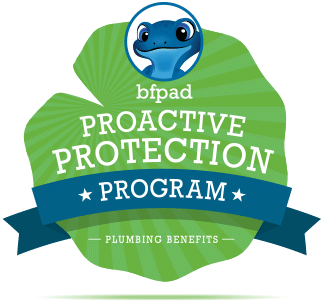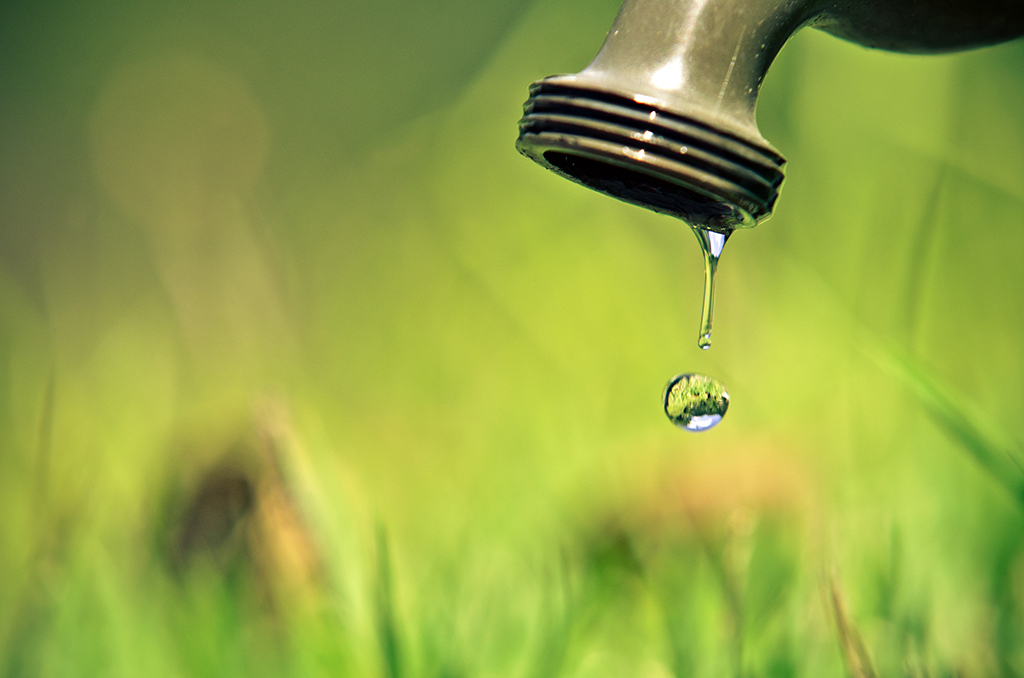
Top Plumbing Tips – Preventing Mold in Humid Climates
Plumbing Tips – Have you ever wondered why mold seems to thrive in humid areas?
Mold growth in humid climates is a common issue for many homeowners, but understanding why it happens can help you take effective preventive measures.
Mold is a type of fungus that reproduces by releasing spores into the air. These spores can settle on various surfaces and begin to grow if they find the right conditions. Humid climates provide an ideal environment for mold because mold spores need moisture to germinate and thrive.
When the air is humid, it holds more moisture, and surfaces in your home can become damp. This dampness is what mold loves, as it provides the moisture mold needs to grow and spread.
One of the key reasons mold is so prevalent in humid climates is that these areas often have higher levels of indoor humidity. When the air inside your home contains high levels of moisture, it can lead to condensation on walls, windows, and other surfaces. Over time, this moisture can seep into materials like wood, drywall, and carpeting, creating a perfect breeding ground for mold.
Importance of Plumbing Maintenance to Prevent Mold
Did you know that proper plumbing maintenance is your first line of defense against mold growth? In humid climates, ensuring your plumbing is in top condition is crucial for preventing mold.
Mold needs moisture to thrive, and plumbing issues are a primary source of unwanted moisture in homes. Leaky pipes, dripping faucets, and faulty plumbing fixtures can create damp environments perfect for mold. By regularly maintaining your plumbing system, you can significantly reduce the risk of mold growth.
Plumbing Tips: Identifying Moisture Sources in Your Home
Are you aware of where the moisture in your home comes from? Identifying moisture sources is crucial for preventing mold growth, especially in humid climates.
Plumbing Tips: Leaks
Leaks from pipes, roofs, and windows are significant sources of moisture. These leaks can go unnoticed for long periods, causing extensive mold growth. Regular inspections of these areas can help detect and repair leaks early.
Plumbing Tips: Condensation
In humid climates, condensation forms on cool surfaces like windows, pipes, and walls. This moisture can accumulate, creating an environment for mold. Observing windows and walls for condensation, especially during cooler weather, can help you identify and address this issue.
Plumbing Tips: Flooding
Flooding from heavy rain or plumbing failures can introduce a large amount of water into your home. Without proper drying and cleanup, this moisture can lead to mold. Ensuring thorough drying after any flooding event is crucial.
Plumbing Tips: High Humidity
High indoor humidity, often due to weather or poor ventilation, increases the likelihood of mold. Humid air holds more moisture, which can settle on surfaces and promote mold growth. Monitoring humidity levels with a hygrometer can help manage this risk.
Plumbing Tips: Household Activities
Daily activities like cooking, showering, and drying clothes indoors add moisture to the air. Without proper ventilation, this moisture can contribute to mold problems. Improving ventilation in areas where these activities occur is essential.
Plumbing Tips: Visual Inspections
Regularly inspecting areas prone to moisture, such as bathrooms, kitchens, basements, and attics, is crucial. Look for signs of water damage, stains, or mold growth. These visual inspections can help identify moisture issues before they become severe.
Plumbing Tips: Check for Condensation
Observe windows, pipes, and walls for condensation, especially during cooler weather. Persistent condensation indicates high humidity levels. Addressing this early can prevent mold growth.
Plumbing Tips: Monitor Humidity Levels
Using a hygrometer to measure indoor humidity helps in maintaining optimal levels. Aim to keep humidity levels below 60% to minimize mold risk. Regular monitoring can prevent excessive moisture buildup.
Plumbing Tips: Inspect Plumbing
Regularly checking all plumbing fixtures, including under sinks and around toilets, for leaks is vital. Don’t forget to inspect your water heater and other appliances that use water. Early detection of leaks can prevent mold growth.
Plumbing Tips: Test for Mold
If you suspect mold but can’t see it, consider using mold testing kits or hiring professionals to assess your home. Mold can hide behind walls, under floors, and in other hidden areas. Testing can confirm mold presence and guide remediation efforts.
Plumbing Tips: Regularly Inspect Plumbing Fixtures
Proper plumbing maintenance is essential in preventing mold growth, particularly in humid climates. Regular inspections can help you catch issues before they become major problems.
Sinks
Inspecting sinks for leaks and water damage is crucial. Check under the sink for any signs of moisture, such as water stains or puddles. Ensure that all pipes and connections are secure and in good condition. Leaks in these areas can quickly lead to mold growth if left unchecked.
Toilets
Toilets can be a significant source of moisture if they are not functioning correctly. Regularly check around the base of the toilet for signs of water leaks. Ensure that the toilet is properly sealed to the floor and that the tank is not constantly running, as this can indicate a problem that needs to be addressed.
Pipes
Exposed pipes, particularly those in basements, crawl spaces, and under sinks, should be regularly inspected. Look for any signs of leaks, corrosion, or condensation. Insulating pipes can help reduce condensation, which in turn can prevent mold from developing.
Water Heater
Your water heater can also be a source of moisture if not properly maintained. Regularly inspect the area around the water heater for leaks or water damage. Ensure that the temperature and pressure relief valve is functioning correctly and that there is no rust or corrosion.
Appliances
Household appliances that use water, such as dishwashers and washing machines, should also be checked regularly. Inspect the hoses and connections for any signs of wear or leaks. Ensuring these appliances are in good working order can help prevent water damage and mold growth.
Regularly inspecting these plumbing fixtures can help you catch and fix problems early, preventing mold growth and maintaining a healthy home environment. In the next section, we will discuss the importance of proper ventilation in preventing mold.
Plumbing Tips: Ensuring Proper Ventilation
Proper ventilation is crucial for maintaining healthy indoor air quality and preventing mold growth, especially in humid climates. Good ventilation helps reduce indoor humidity levels, making it harder for mold to thrive.
Importance of Ventilation
Ventilation helps control indoor moisture levels by allowing fresh air to circulate and carry away excess humidity. Without proper ventilation, moisture from daily activities like cooking, showering, and washing clothes can accumulate, creating a damp environment conducive to mold growth.
Improving Bathroom Ventilation
Bathrooms are particularly prone to high humidity due to the frequent use of hot water. To improve ventilation, ensure that your bathroom exhaust fan is working correctly and is vented to the outside, not just into the attic. Consider leaving the fan running for about 15-20 minutes after a shower to remove excess moisture. If your bathroom does not have an exhaust fan, consider installing one.
Kitchen Ventilation
Kitchens also generate a lot of moisture, especially when cooking. Using a range hood that vents outside can help remove excess moisture and odors. Keep the range hood running while cooking and for a few minutes afterward to ensure that all the moisture is effectively vented out.
Whole-House Ventilation
For overall indoor air quality, whole-house ventilation systems can be beneficial. These systems can be installed to provide continuous ventilation throughout your home, reducing humidity levels and improving air quality. Options include energy recovery ventilators (ERVs) and heat recovery ventilators (HRVs), which can exchange indoor and outdoor air while minimizing energy loss.
Windows and Doors
Opening windows and doors when weather permits can help improve ventilation. Cross-ventilation, created by opening windows on opposite sides of a room, can be particularly effective. This allows fresh air to flow through and push out moist, stale air.
Basement and Crawl Space Ventilation
Basements and crawl spaces are often neglected areas that can harbor moisture. Ensure these areas are well-ventilated to prevent dampness and mold growth. Installing vents or using a dehumidifier can help keep these spaces dry.
By ensuring proper ventilation in your home, you can significantly reduce indoor humidity levels and prevent mold growth. In the next section, we will discuss how to use dehumidifiers effectively to manage moisture.
Plumbing Tips: Using Dehumidifiers Effectively
In humid climates, controlling indoor humidity is key to preventing mold growth. Dehumidifiers are an excellent tool for managing moisture levels in your home. Knowing how and where to use them effectively can make a significant difference.
Plumbing Tips: Choosing the Right Dehumidifier
Selecting the appropriate dehumidifier for your needs is the first step. Dehumidifiers come in various sizes and capacities. For larger areas like basements or living rooms, a dehumidifier with a higher capacity (measured in pints per day) is necessary. For smaller spaces, such as bathrooms or bedrooms, a compact model will suffice. Look for units with built-in hygrometers to measure and display the current humidity level.
Plumbing Tips: Placement of Dehumidifiers
Proper placement of dehumidifiers is crucial for optimal performance. Place the dehumidifier in the most humid areas of your home. Basements, bathrooms, and laundry rooms are common spots where moisture tends to accumulate. Ensure that the unit is positioned away from walls and furniture to allow for adequate air circulation. If possible, keep doors and windows closed in the room where the dehumidifier is operating to maximize its efficiency.
Plumbing Tips: Operating Your Dehumidifier
To effectively reduce humidity, run your dehumidifier continuously, especially during the more humid months. Set the desired humidity level between 30-50%, as this range is typically effective in preventing mold growth. Many modern dehumidifiers have an automatic shut-off feature that activates when the desired humidity level is reached, helping conserve energy and maintain optimal conditions.
Plumbing Tips: Maintenance and Cleaning
Regular maintenance of your dehumidifier ensures its longevity and effectiveness. Empty the water collection bucket frequently to prevent overflow. If your dehumidifier has a continuous drainage option, consider connecting a hose to direct the water to a drain or sump pump. Clean the air filter regularly, as a dirty filter can impede airflow and reduce efficiency. Refer to the manufacturer’s instructions for specific maintenance guidelines.
Plumbing Tips: Combining Dehumidifiers with Ventilation
While dehumidifiers are excellent at removing moisture from the air, combining them with proper ventilation enhances their effectiveness. Use exhaust fans in conjunction with dehumidifiers in high-moisture areas like bathrooms and kitchens. This dual approach ensures that excess moisture is removed and fresh air circulates, maintaining a balanced indoor environment.
Fixing Leaks Promptly
Leaks are one of the primary sources of unwanted moisture in homes, and addressing them quickly is essential to prevent mold growth. Even a small leak can lead to significant water damage if not dealt with promptly.
Plumbing Tips: Identifying Leaks
The first step in fixing leaks is identifying them. Regularly check areas prone to leaks, such as under sinks, around toilets, and near appliances like dishwashers and washing machines. Look for visible signs of moisture, such as water stains, puddles, or drips. Also, pay attention to unusual increases in your water bill, which could indicate a hidden leak.
Plumbing Tips: Common Leak Sources
Pipes and plumbing fixtures are the most common sources of leaks. Inspect pipes for signs of corrosion or damage. Check faucets and showerheads for drips. Water heaters can also develop leaks; regularly inspect the area around your water heater for any signs of moisture.
Plumbing Tips: Roof and Window Leaks
Leaks are not limited to plumbing. Roof leaks and window leaks can also contribute to moisture problems. Inspect your roof for damaged or missing shingles and ensure that your windows are properly sealed. During heavy rain, check for any water intrusion around windows and doors.
Plumbing Tips: Repairing Leaks
Once you’ve identified a leak, repair it as soon as possible. For minor plumbing leaks, you may be able to fix them yourself by tightening connections or replacing worn-out washers and seals. More significant leaks, such as those in the main water line or within walls, may require professional assistance. It’s essential to address these promptly to prevent water damage and mold growth.
Plumbing Tips: Preventive Measures
Taking preventive measures can help reduce the risk of future leaks. Regularly maintain your plumbing system by checking and replacing old or worn-out parts. Ensure that pipes are insulated to prevent freezing and cracking in colder weather. Keep gutters and downspouts clean and in good condition to prevent water from pooling around your home’s foundation.
Plumbing Tips: Dealing with Water Damage
If a leak has caused water damage, it’s crucial to address it immediately. Remove any standing water and dry the affected area thoroughly using fans and dehumidifiers. Depending on the extent of the damage, you may need to replace water-damaged materials like drywall or carpeting to prevent mold growth.
Insulating Pipes to Prevent Condensation
Condensation on pipes can create an ideal environment for mold growth, especially in humid climates. Insulating your pipes is an effective way to reduce condensation and prevent moisture-related issues.
Why Condensation Occurs
Condensation forms when warm, humid air comes into contact with cool surfaces, such as cold water pipes. This moisture can drip onto floors, walls, or other surfaces, leading to water damage and mold growth. By insulating your pipes, you can prevent the air from coming into direct contact with the pipe surface, thus reducing condensation.
Selecting Pipe Insulation
Various types of insulation are available for pipes, including foam, fiberglass, and rubber. Foam pipe insulation is one of the most common and easiest to install. It is available in different sizes to fit various pipe diameters and provides excellent thermal insulation.
Rubber insulation is more flexible and can handle a broader range of temperatures, making it suitable for both hot and cold pipes. Fiberglass insulation is effective but more challenging to install and typically used in industrial settings.
How to Insulate Pipes
- Measure Your Pipes: Before purchasing insulation, measure the diameter and length of the pipes you plan to insulate. This ensures you buy the correct size and amount of insulation.
- Cut the Insulation: Cut the insulation material to the appropriate length for each section of pipe. Pre-slit foam insulation can be easily cut with scissors or a utility knife.
- Wrap the Pipes: Open the slit in the insulation and wrap it around the pipe. Ensure the insulation fits snugly against the pipe without any gaps. For rubber insulation, you may need to peel off the adhesive backing to secure it in place.
- Seal the Joints: Use duct tape or insulation-specific tape to seal the joints and ends of the insulation. This helps to keep the insulation in place and prevents warm air from reaching the pipe surface.
- Secure the Insulation: For added security, you can use plastic zip ties or wire to secure the insulation in place, particularly on bends and corners where the insulation might shift.
FAQs on Plumbing Tips and Mold Prevention
- How often should I inspect my plumbing for leaks?
Regularly inspecting your plumbing every six months is a good practice. However, if you live in a humid climate or have older plumbing, consider more frequent checks.
- What humidity level should I maintain to prevent mold growth?
Aim to keep indoor humidity levels between 30-50%. Using a hygrometer can help you monitor and maintain the ideal humidity levels.
- Can I use household cleaners to remove mold?
Yes, you can use household cleaners like bleach or vinegar to remove small mold patches. For larger infestations, it’s best to hire a professional mold remediation service.
- How can I tell if a leak is hidden behind walls?
Look for signs like water stains, peeling paint, or a musty odor. A sudden increase in your water bill can also indicate a hidden leak.
- Is it necessary to insulate both hot and cold water pipes?
Yes, insulating both hot and cold water pipes is beneficial. Insulating hot water pipes reduces heat loss while insulating cold water pipes prevents condensation and reduces the risk of mold growth.
Regular inspections, proper ventilation, and effective use of dehumidifiers are essential steps in this process. Insulating pipes and fixing leaks immediately further safeguard your home against mold. Whether you handle these tasks yourself or seek professional help, taking these preventive measures will keep your home mold-free and protect your family’s health.
What steps have you taken to manage moisture and prevent mold in your home? Share your experiences and tips below!

